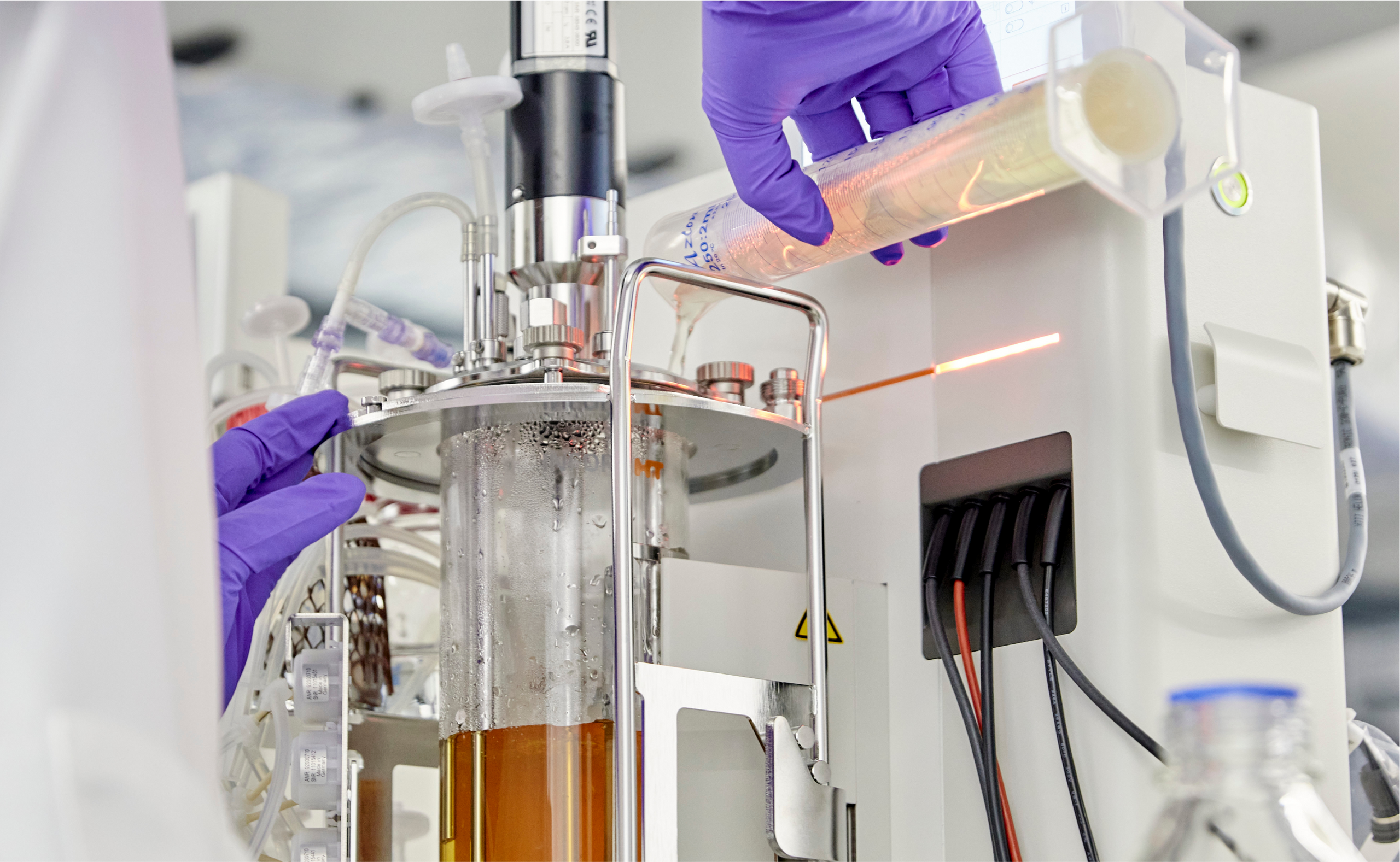In today’s fast-paced world, technological marvels are a dime a dozen. Among them, the ubiquitous microprocessor stands tall, steering the digital evolution we’ve come to rely on. However, have you ever considered that nature’s own architects – biocatalysts – are quietly working their magic behind the scenes, much like the transistors within microprocessors making our favorite gadgets tick? In this blog post, we’ll explore the parallels between the microprocessor giant Nvidia and the budding biocatalyst star (that’s us, btw) FabricNano.
Biocatalysts and Microprocessors: The Microscopic Architects

Analogies help us break down the world’s most complex topics. This one deftly parses the power of biology.
Enzymes vs. Transistors: The Heart of the Matter
Both Nvidia and FabricNano create foundational components that shape our technological landscapes – but let’s dive deeper into the microscopic world of this analogy. Enzymes, the molecular architects within FabricNano’s arsenal, act similarly to the transistors within Nvidia’s microprocessors. Enzymes, like transistors, act as gatekeepers – controlling the flow of chemicals and material structure in the same way transistors control the flow of charge and, within it, information. While transistors process binary code (0s and 1s) within microprocessors, enzymes are programmed to catalyze reactions within biocatalysts.
Immobilization: Beads and Silicon Wafers
Imagine enzymes as master builders crafting intricate structures on a microscopic scale.
When these enzymes are immobilized onto tiny beads, much like transistors on a silicon wafer, they gain stability and create a structured environment for their work. This immobilization enhances their efficiency, just as transistors immobilized on silicon wafers form the foundation of microprocessors’ functionality.

Rational Control: Enzyme-Bead Interaction vs. Transistor Architecture
Here’s where the analogy truly shines. Consider FabricNano’s enzymes binding rationally to their immobilized beads, akin to transistors intricately laid out on a microprocessor. Just as the architecture of transistors determines the function of a microprocessor, the precise binding of enzymes to beads governs the biocatalyst’s performance. Each enzyme, like a transistor, has a specific role – enabling selective chemical reactions much like transistors allowing specific electrical pathways.
Building a Biocatalyst: Engineering Enzymes for their Environment
The process of crafting a high-performance biocatalyst mirrors the precision and dedication that goes into designing a microprocessor. Just as a microprocessor’s architecture determines its computational power, a biocatalyst’s efficiency stems from the deliberate engineering of enzymes to seamlessly collaborate with their surroundings. It’s not the enzyme or transistor alone that makes the difference; it’s how they interact with their environment.












